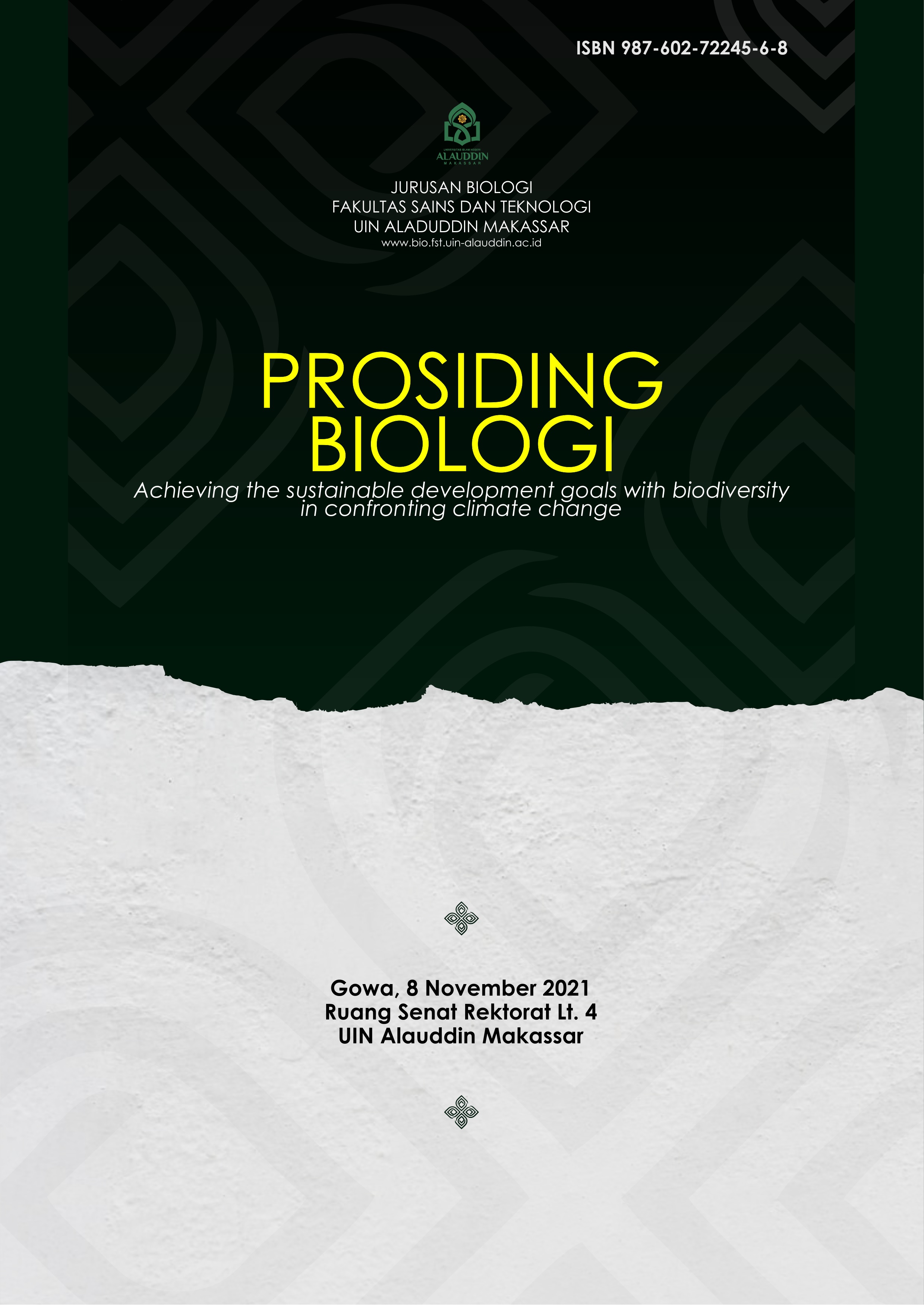Gambaran kualitas bakteri koliform air bersih pada sumur gali di Desa Tongute Ternate Kecamatan Ibu Kabupaten Halmahera Barat Provinsi Maluku Utara
Abstrak
The World Health Organization (WHO) in the Director General of Disease Eradication and Environmental Health states that the average volume of clean water needs for the world's population is different. In developed countries, the water required is approximately 500 liters/or/day. Meanwhile, big cities in Indonesia need 200-400 liters of water/or/day. One of the bacteria that can contaminate water quality is coliform bacteria, which is a group of intestinal bacteria that live in the human digestive tract. And the purpose of this research is to find out the description of Coliform bacteria in clean water of dug wells in Tongute Village, Ternate District, Ibu Subdistrict, West Halmahera Regency, Maluku Province. This research was conducted at the Laboratory of Microbiology, Faculty of Medicine, Hasanuddin University Makassar. The method used in this research is an experimental design with descriptive observation totaling 5 samples of dug wells, carried out with the Most Probable Number (MPN) in the Estimating Test and Confirmation Test for Dug Well Water Samples and Testing on Complementary Tests Using Eosyn Methylene Blue Agar (EMBA) Media Growth Media ). The results showed that in the examination of the estimator test using lactose Broth (LB) media, the 5 samples in the estimator test were marked by a change in the solution to yellow color and the appearance of gas bubbles in the Durham tube so that it was suspected that it contained coliform bacteria contamination. In the confirmation test examination using Brilliant Green Lactosa Broth (BGLB) media, a positive test result in the estimator test is continued to the confirmation test to confirm coliform In the confirmation test using the EMBA medium, the positive test result is confirmed by a confirmation test to determine the type of coliform bacteria his. The result is called fecal coliform if the colonies that grow in the medium are metallic green, if the colonies that grow are brick red, it is called non-fecal coliform. It was concluded that there were coliform bacteria in the five dug wells by showing a metallic green color indicator.
##submission.copyrightStatement##
##submission.license.cc.by4.footer##This journal provides immediate open access to its content on the principle that making research freely available to the public supports a greater global exchange of knowledge.
All articles published Open Access will be immediately and permanently free for everyone to read and download. We are continuously working with our author communities to select the best choice of license options: Creative Commons Attribution (CC BY)
Authors and readers can copy and redistribute the material in any medium or format, as well as remix, transform, and build upon the material for any purpose, even commercially, but they must give appropriate credit (cite to the article or content), provide a link to the license, and indicate if changes were made.
The Authors submitting a manuscript do so on the understanding that if accepted for publication, copyright of the article shall be assigned to Biogenesis: Jurnal Ilmiah Biologi as publisher of the journal.
